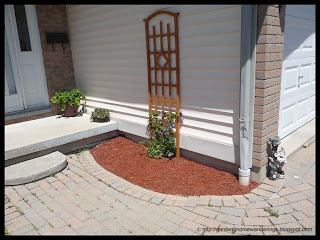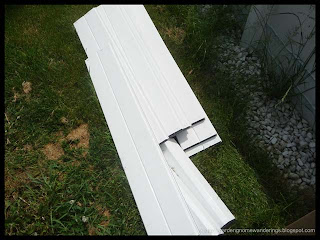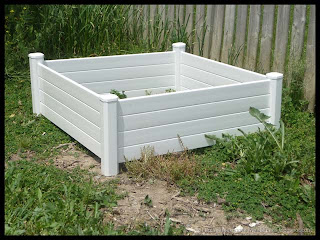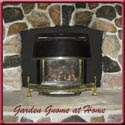I honestly can't believe 2012 is drawing to a close. It has been a busy year getting adjusted to our new home and one again doing that rip out, start over thing. While we did put in three new raised beds this year, next year promises to see a lot of changes. I've already ordered from Richters and will place an order for live plants as soon as they start shipping in the spring. I have my orders planned for Dominion Seed House and Stokes. The end of the holidays and constant company is very close so I expect to be adding to my indoor garden this coming week.
On the topic of indoor gardens, all of my herbs are doing fine as is my avocado plant and lemon trees. The geraniums I'm over wintering are nice and healthy while the hibiscus keeps rewarding me beautiful bloom even though we were away most of October and December. This week I plan on starting several more herbs, a few tomatoes, peppers and lettuces for the indoor garden. It's too soon to start anything for the outdoor garden. One blog I read reported good results with growing sweet peas indoors and I know pole beans can be grown indoors as well. I have seeds for both so will start a couple of pots to see how they fare.
So. we say goodbye to 2012 but from a gardening perspective I have a lot of plans in store for 2013. I really want to expand my indoor gardening and will definitely be focusing on small space gardening outdoors. I think it is going to be an exciting growing year to come! I can't wait to share some of my ideas with you.































